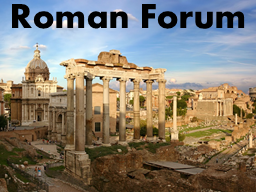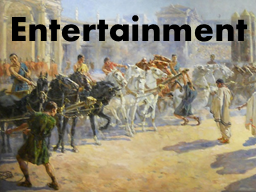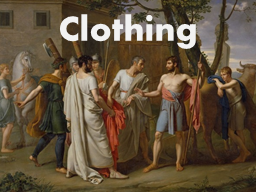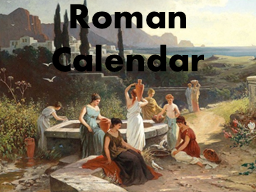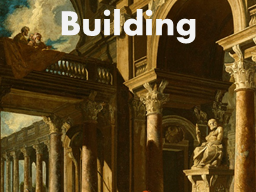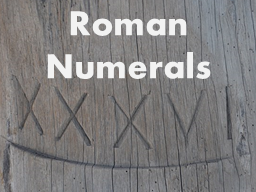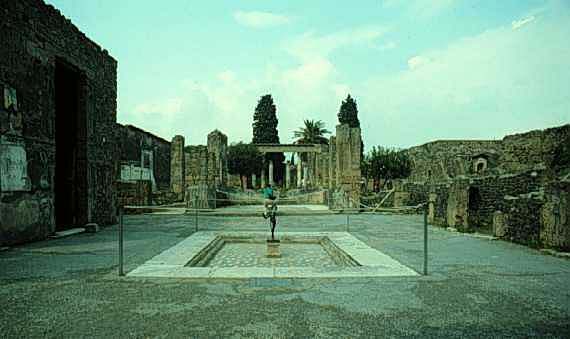
Rome had two classes of citizens. The wealthy were called the patricians, and the lower classes were called plebeians
Plebeians
The plebeians lived in apartment houses. These were usually above or behind their shops. A well-paid tradesman might have an apartment building over his store with renters on the upper stories. This apartment was roomy with running water. Some of the nicer apartments opened onto interior courtyards.
The lower paid tradesman lived in a crowded apartment called insulae with grandparents, parents, and children. These apartments were five or six-story buildings. This apartment may have only one room. It had no running water. This family had to use public toilets. Often several apartment buildings were grouped together so that the occupants could share fountains and latrines.
Patricians
The patricians could afford a country estate "villa" as well as a comfortable house in the city "domus.” In the fourth century, Rome had 45,000 insulae and only 1,800 domus. Homes were generally made of brick. Many had red tile roofs.

The homes were built around a square courtyard called an atrium. The courtyard was open to the sky for light and rain to come in. In the center of the atrium was a pool of rainwater. The windows and balconies faced the courtyard. This made the home safe from thieves.
In the second century BC, the atrium was replaced with the peristyle. This was a colonnaded inner courtyard built behind the tablinum. These homes were built around a garden with fountains and statues.
Off the courtyard were bedrooms, a kitchen, and a dining room. At the back of the house was a private room for the head of the house and a small garden.
The homes were painted with murals and wall hangings. Beautiful mosaics decorated the floors. These homes had little furniture. Every room had a bed. The men reclined when dining. Elegant beds of wood and stone were used. Some were decorated with bronze and inlaid with patterns created with wood, ivory, or shells. Chairs were used by women.
In the back of the home were rooms for slaves and apartments for the women. Most did not live in large homes.
Glossary of Terms used on this Page |
|
| atrium | rectangular open courtyard around which Roman houses were built |
| domus | word for house, home, or palace; in ancient Roman times |
| insulae | the name for an apartment house |
| mosaics | a picture or design made with small pieces of colored material such as glass or tile stuck onto a surface |
| patricians | a member of one of the noble families of the ancient Roman Republic |
| peristyle | a line of columns that encircles a building or a courtyard, colonnade |
| plebeians | common people of ancient Rome |
| tablinum | in an ancient Roman house, a large, open room at the side of the peristyle farthest from the main entrance |
| villa | manor house in the country |



